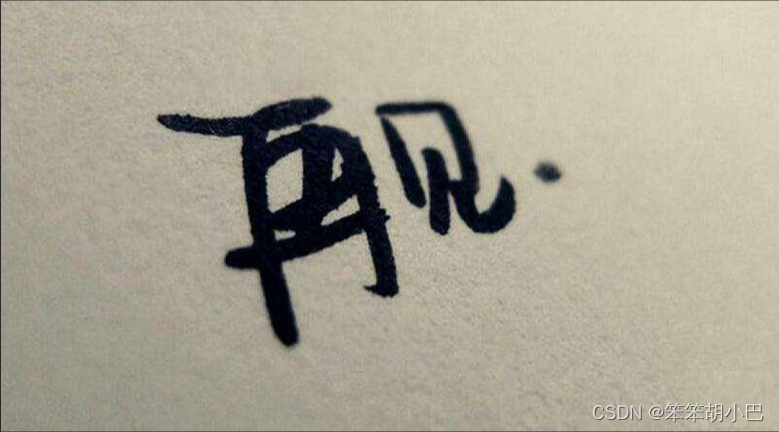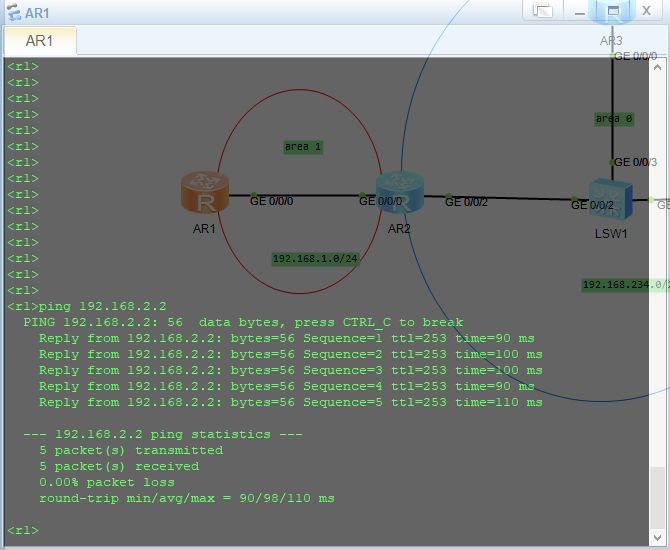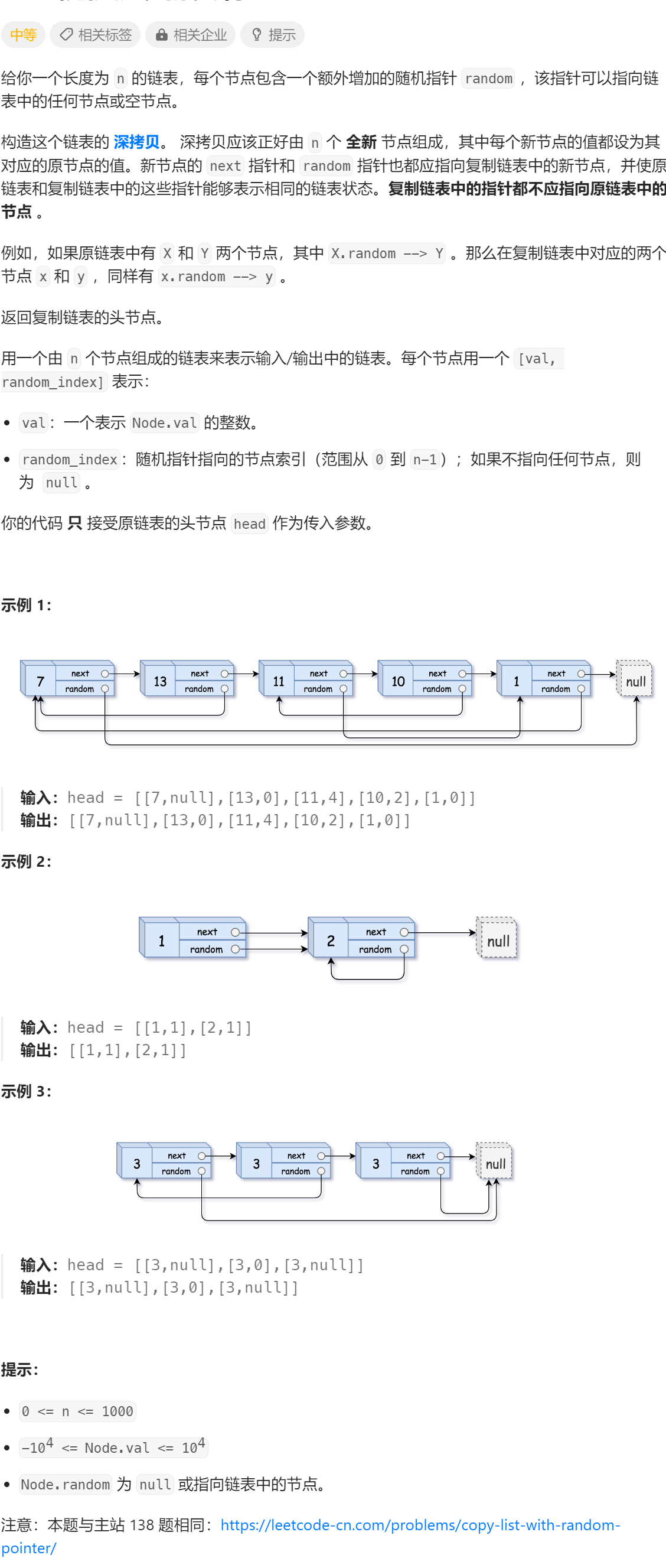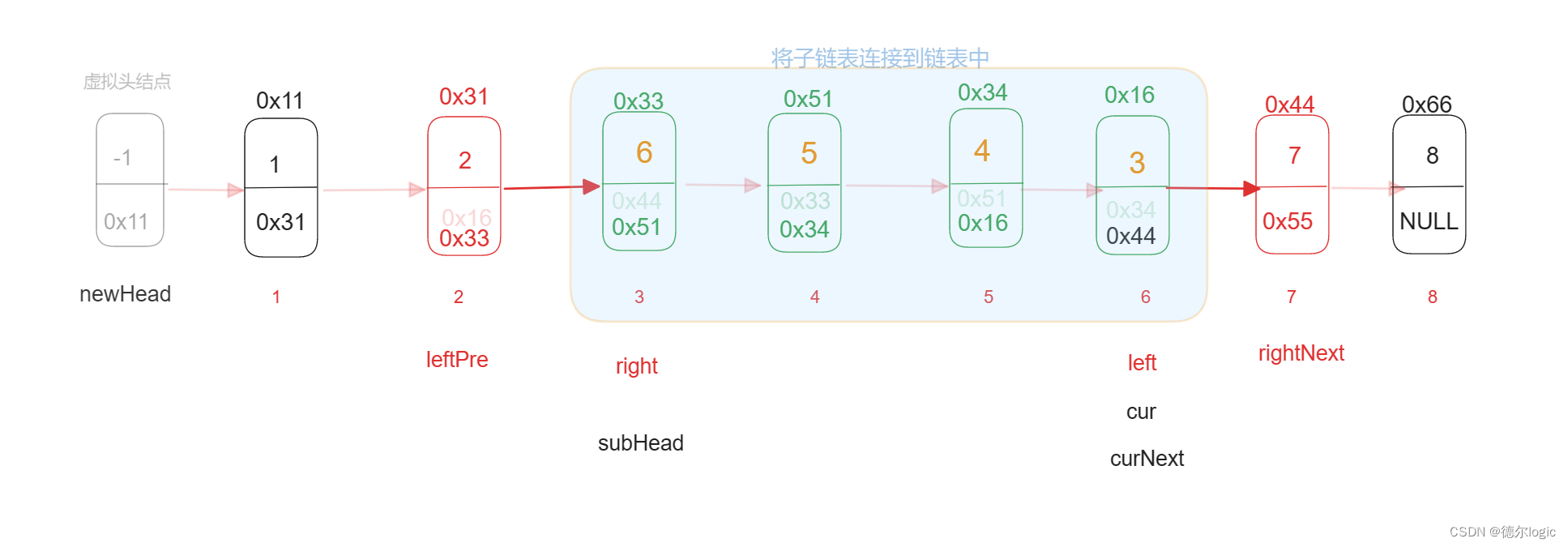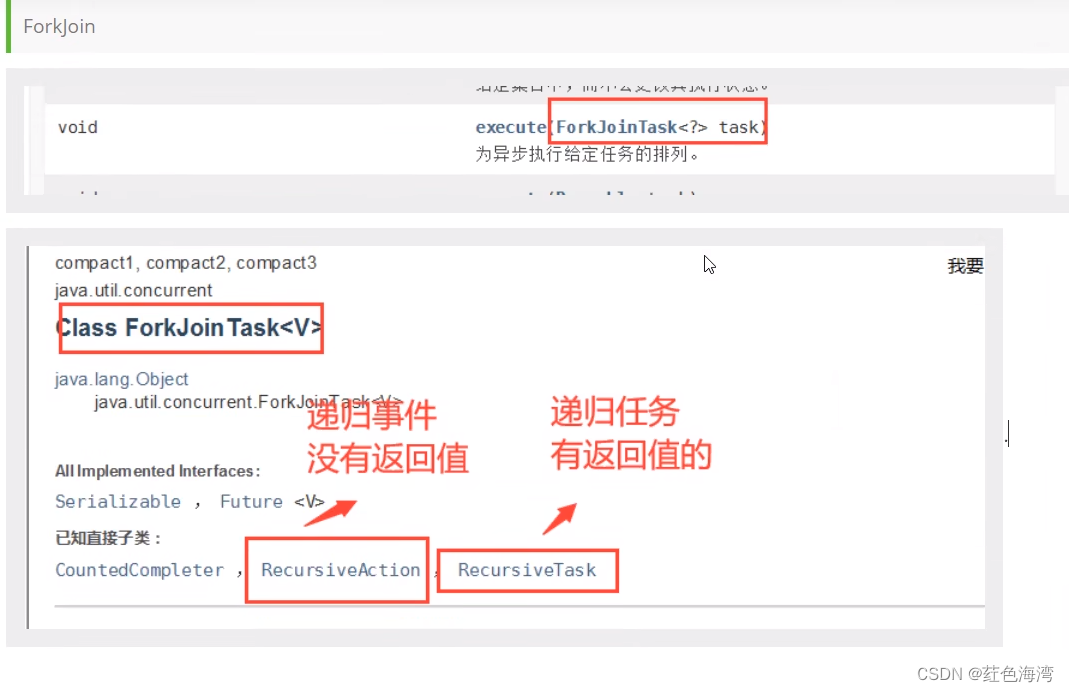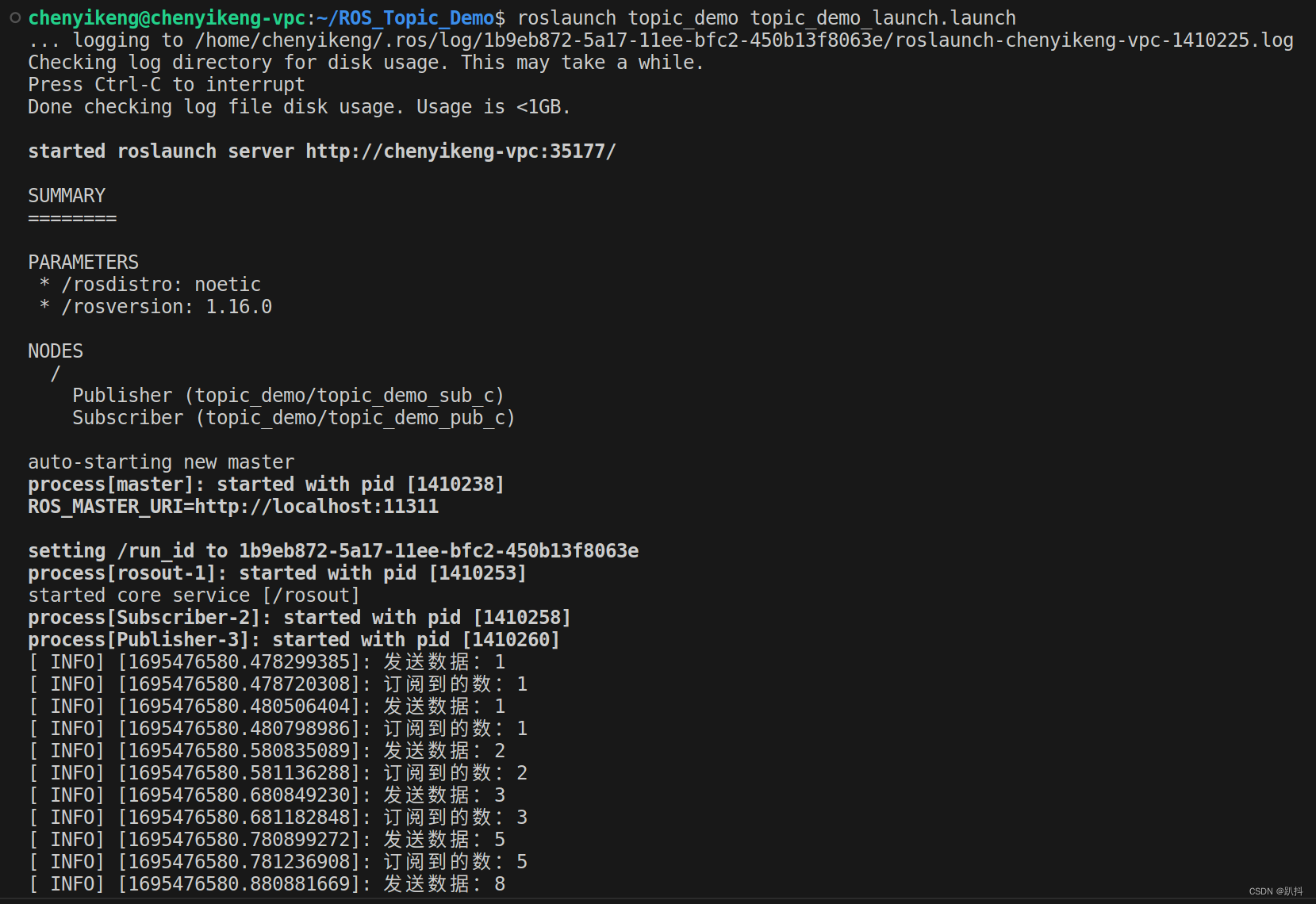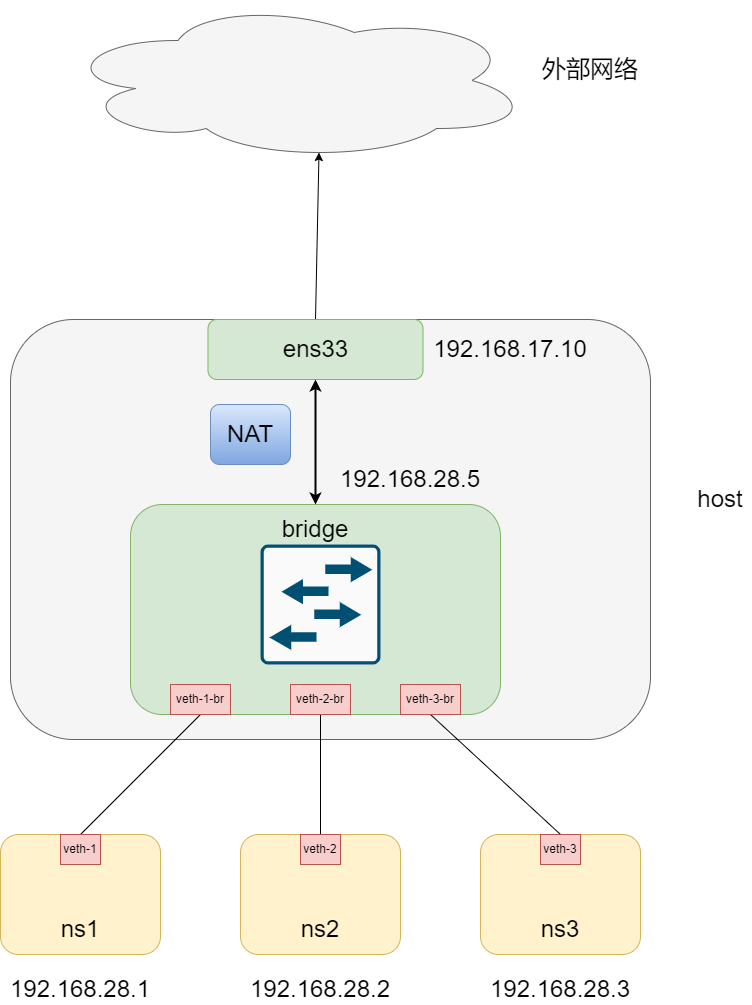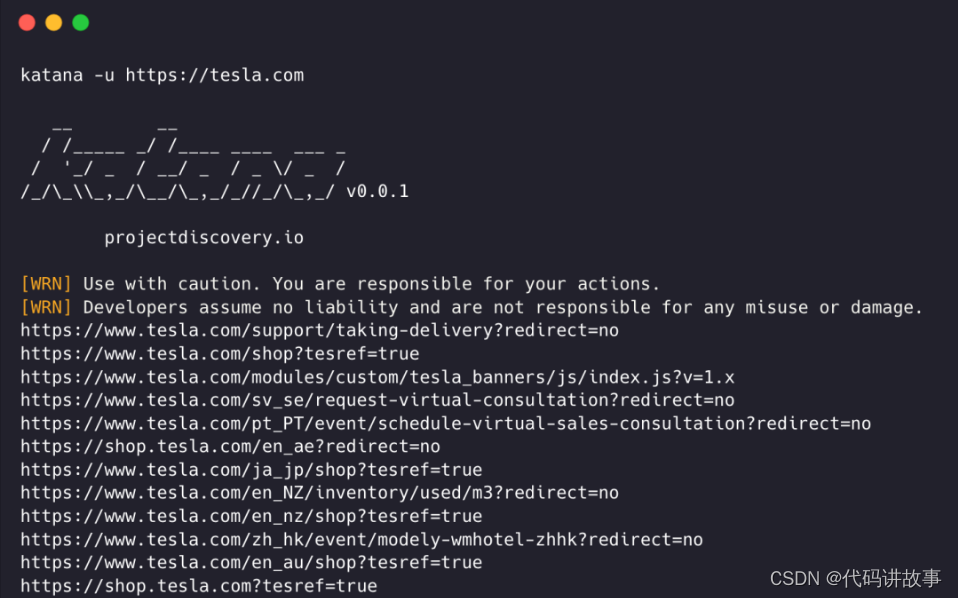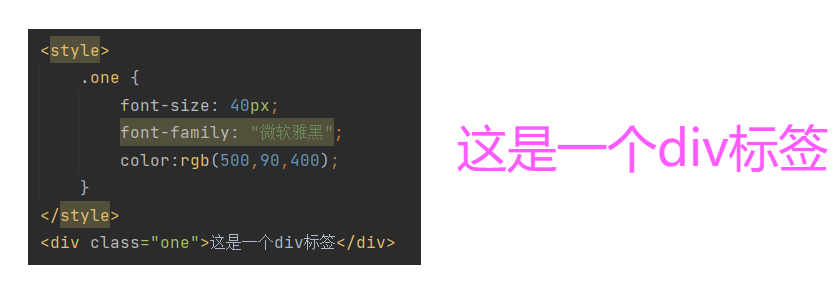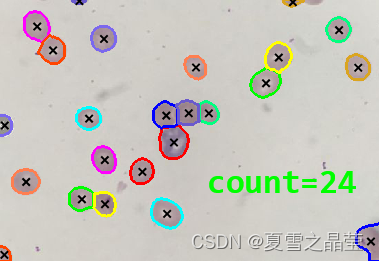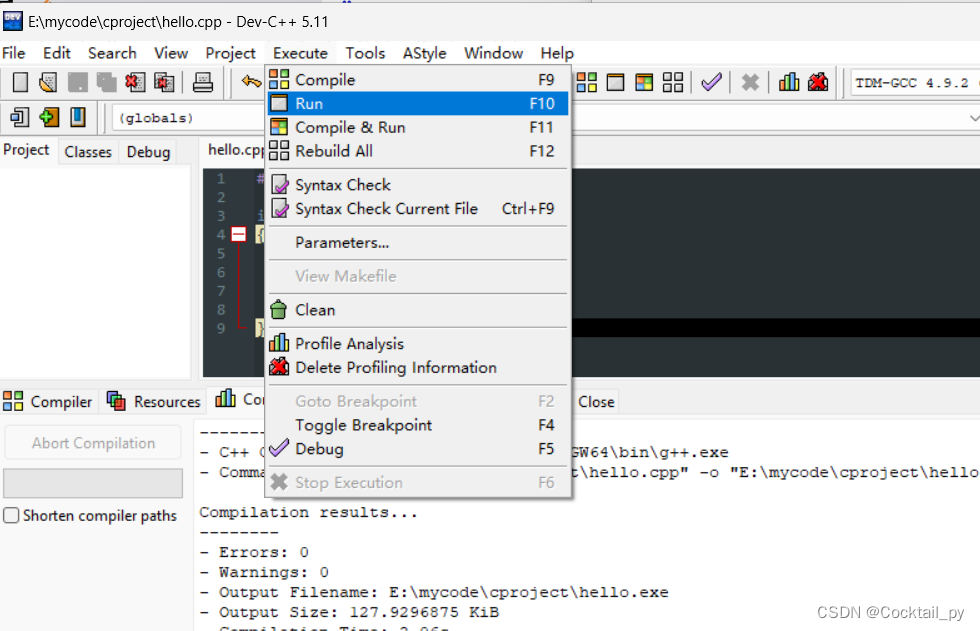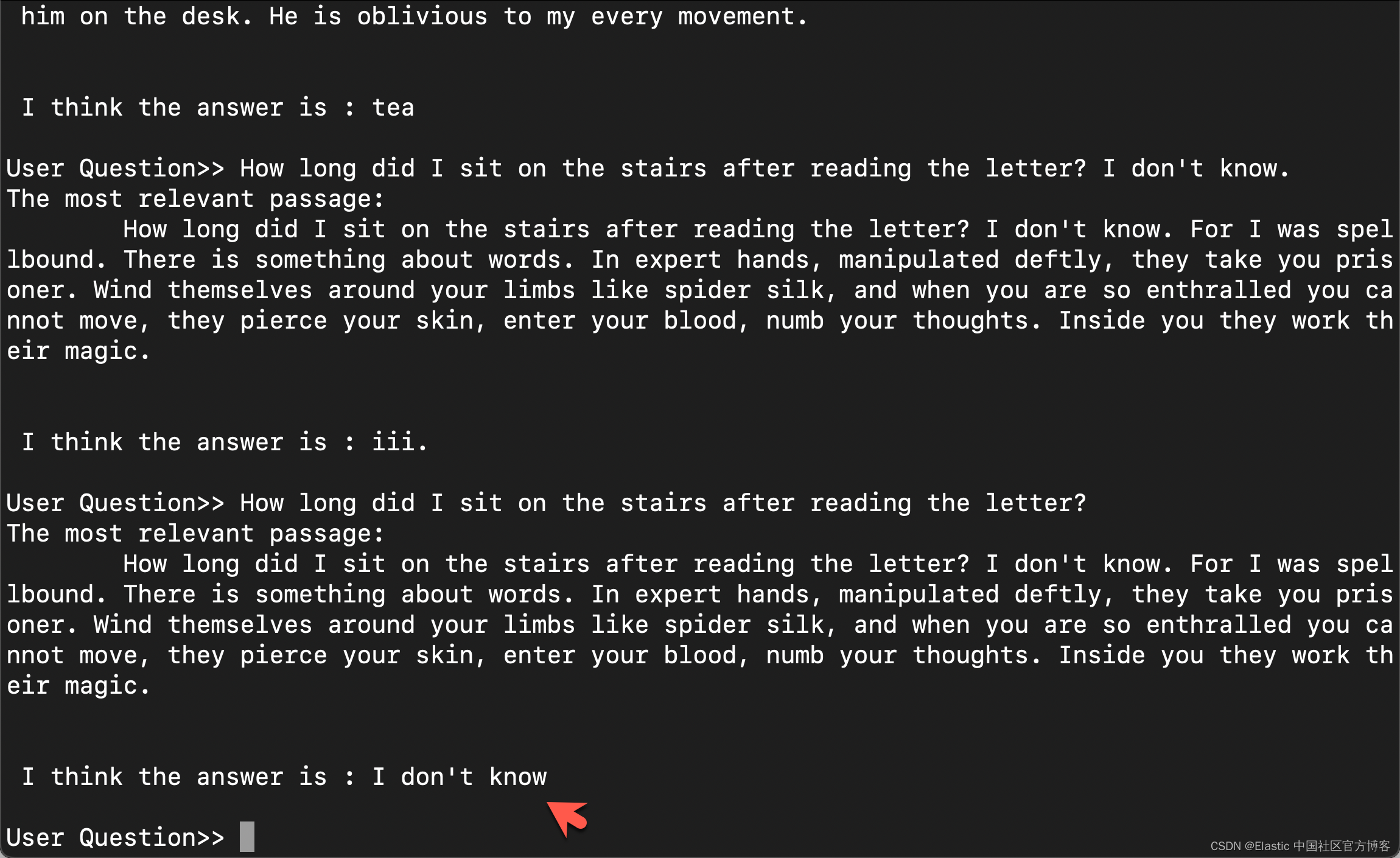目录
一、栈
1.1 概念
1.2 栈的使用
1.3 栈的模拟实现
1.4 栈的应用场景
1.5 概念区分
二、队列
2.1 概念
2.2 队列的使用
2.3 队列的模拟实现
2.4 循环队列
三、双端队列
四、面试题
一、栈
1.1 概念
栈:一种特殊的线性表,只允许在固定的一端进行插入和删除元素操作。进行数据插入和删除操作的一端称为栈顶,另一端称为栈底,栈中的元素遵循先进后出的原则。
压栈:栈的插入操作,也叫进栈或入栈,在栈顶插入数据;出栈:栈的删除操作,在栈顶删除数据。

1.2 栈的使用
| 方法 | 解释 |
| Stack() | 构造一个空的栈 |
| E push(E e) | 将 e 入栈,并返回e |
| E pop() | 将栈顶元素出栈并返回 |
| E peek() | 获取栈顶元素 |
| int size() | 获取栈中有效元素个数 |
| boolean empty() | 检测栈是否为空 |
public static void main(String[] args) {
Stack<Integer> stack = new Stack();
stack.push(1);
stack.push(2);
stack.push(3);
stack.push(4);
stack.push(5);
System.out.println(stack.size());//5
//获取栈顶元素
System.out.println(stack.peek());//5
System.out.println(stack); //[1, 2, 3, 4, 5]
stack.pop();//出栈 5
System.out.println(stack.size());//4
System.out.println(stack); //[1, 2, 3, 4]
System.out.println(stack.empty());//false
}
1.3 栈的模拟实现

由图可知Stack继承了Vector,Vector和ArrayList类似,都是动态的顺序表,不同的是Vector是线程安全的。
public class MyStack {
int[] elem;
int usedSize;
public MyStack(){
elem = new int[3];
}
//判断栈是否满了
private boolean CapacityIsFull(){
return usedSize == elem.length;
}
//确保容量充足
private void ensureCapacity(){
if(CapacityIsFull()){
elem = Arrays.copyOf(elem,elem.length*2);
}
}
//入栈
public int push(int data){
ensureCapacity();
elem[usedSize++] = data;
return data;
}
//获取栈顶元素
public int peek(){
if(usedSize == 0){
throw new StackNullEception("栈为空,无法获取栈顶元素");
}
return elem[usedSize-1];
}
//出栈
public int pop (){
int e = peek();
usedSize--;
return e;
}
//获取栈的长度
public int size(){
return usedSize;
}
//判断栈是否为空
public boolean empty(){
return usedSize == 0;
}
}
1.4 栈的应用场景
1. 改变元素的序列
1. 若进栈序列为 1,2,3,4 ,进栈过程中可以出栈,则下列不可能的一个出栈序列是()A: 1,4,3,2 B: 2,3,4,1 C: 3,1,4,2 D: 3,4,2,12. 一个栈的初始状态为空。现将元素 1 、 2 、 3 、 4 、 5 、 A 、 B 、 C 、 D 、 E 依次入栈,然后再依次出栈,则元素出栈的顺序是( )。A: 12345ABCDE B: EDCBA54321 C: ABCDE12345 D: 54321EDCBA
//递归方式 void printList(Node head){ if(head == null){ return; } printList(head.next); System.out.println(head.val+" "); } //循环方式 void printList2(Node head){ if(head == null){ return; } Stack<LinkList.Node> stack = new Stack<>(); //将链表中的元素(节点)放入栈中 Node cur = head; while(cur !=null){ stack.push(cur); cur = cur.next; } //栈中的元素出栈 while (!stack.empty()){ System.out.print(stack.pop().val+" "); } }
3. 括号匹配
4. 逆波兰表达式求值
5. 出栈入栈次序匹配
6. 最小栈
1.5 概念区分
栈、虚拟机栈、栈帧有何区别?
栈是一种数据结构,虚拟机栈是JVM划分的一块内存,栈帧是方法调用时,虚拟机给方法分配的一块内存。
二、队列
2.1 概念
队列:只允许在一端进行插入数据操作,在另一端进行删除数据操作的特殊线性表,队列具有先进先出的特点入队列:进行插入操作的一端称为队尾(Tail/Rear) 出队列:进行删除操作的一端称为队头

2.2 队列的使用

| 方法 | 解释 |
| boolean offer(E e) | 入队列 |
| E poll() | 出队列并返回 |
| E peek() | 获取队头元素 |
| int size() | 获取队列中有效长度的个数 |
| boolean isEmpty | 判断队列是否为空 |
Queue是个接口,在实例化时必须实例化LinkedList的对象,因为LinkedList实现了Queue接口。
public static void main(String[] args) {
Queue<Integer> queue = new LinkedList<>();
//入队
queue.offer(1);
queue.offer(2);
queue.offer(3);
System.out.println(queue);//[1, 2, 3]
//获取队头元素
int t = queue.peek();
System.out.println(t);//1
//出队
System.out.println(queue.poll());//1
System.out.println(queue);//[2, 3]
//判断队列是否为空
boolean bool = queue.isEmpty();
System.out.println(bool);//false
}
2.3 队列的模拟实现
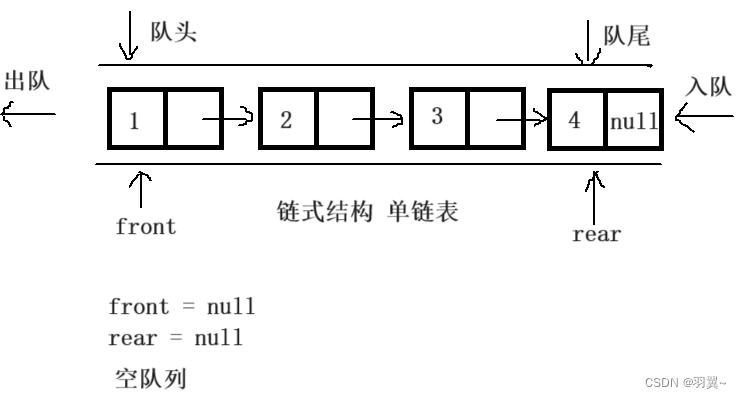
/*双向链式队列*/ public class MyLinkqueue { static class ListNode{ int val; ListNode next; ListNode pre; public ListNode(int val){ this.val = val; } } ListNode first;//队头 ListNode last;//队尾 int usedsize;//队列中元素个数 //入队列 public boolean offer(int data){ ListNode node = new ListNode(data); if(first == null){ //空队列 first = node; last = node; }else { last.next = node; node.pre = last; last = last.next; } usedsize++; return true; } //获取队头元素 public int peek(){ if(usedsize == 0){ return -1; } return first.val; } //出队列 public int poll(){ int x = peek(); //只有一个元素 if(first.next==null){ first = null; last = null; } first = first.next; first.pre = null; usedsize--; return x; } //获取队列中元素的个数 public int size(){ return usedsize; } //判断队列是否为空 public boolean isEmpty(){ return usedsize == 0; } }
2.4 循环队列

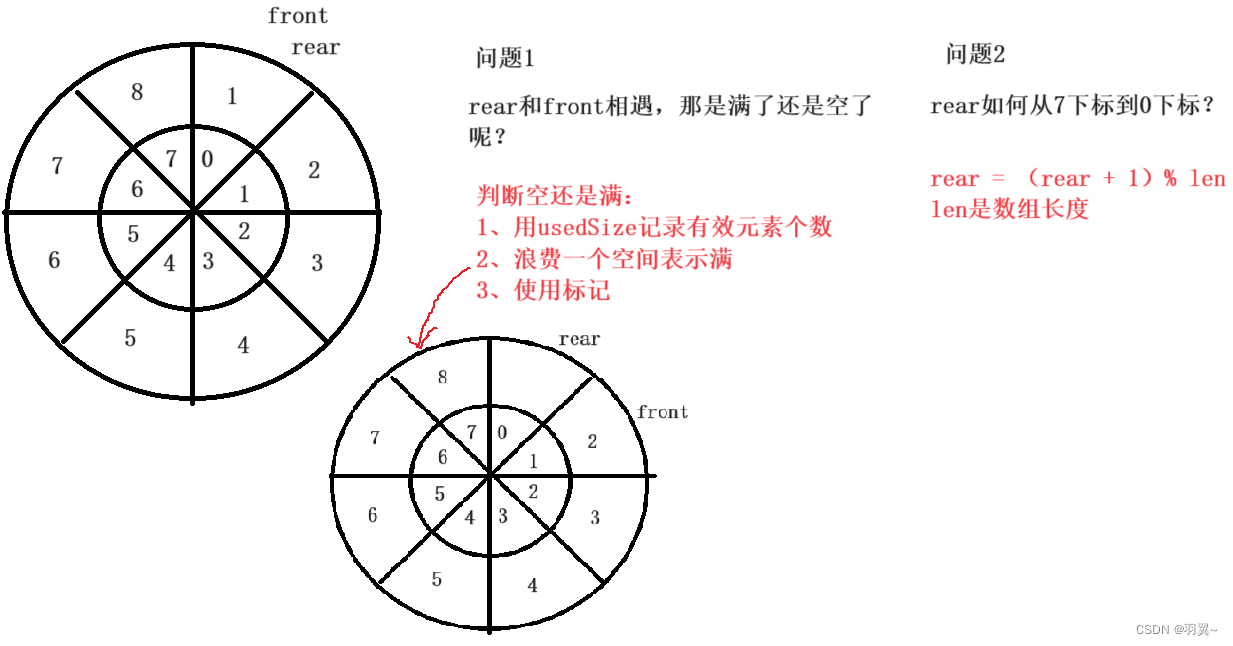
三、双端队列
双端队列(deque)指允许两端都可以进行入队和出队操作的队列,说明元素可以从队头入队和出队,也可以从队尾入队和出队。

Deque是一个接口,使用时必须创建LinkedList的对象。
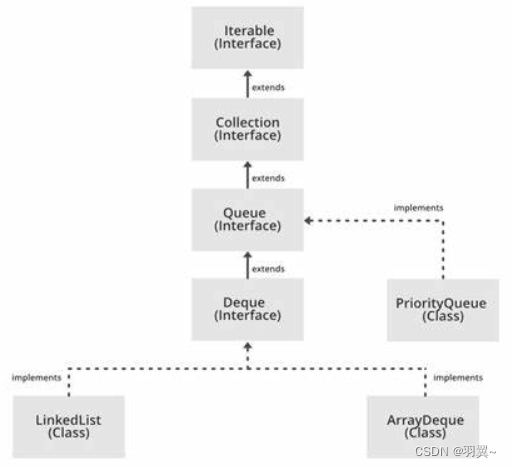
实际工程中,使用Deque接口是比较多的,栈和队列均可以使用该接口。
Deque<Integer> stack = new ArrayDeque<>();// 双端队列的线性实现Deque<Integer> queue = new LinkedList<>();//双端队列的链式实现
四、面试题
1、用队列实现栈 链接
2、 用栈实现队列 链接

